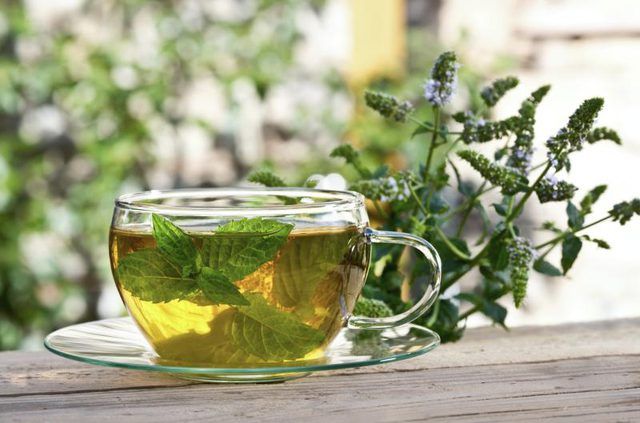Bulbs
Flower Basics
Flower Beds & Specialty Gardens
Flower Garden
Garden Furniture
Garden Gnomes
Garden Seeds
Garden Sheds
Garden Statues
Garden Tools & Supplies
Gardening Basics
Green & Organic
Groundcovers & Vines
Growing Annuals
Growing Basil
Growing Beans
Growing Berries
Growing Blueberries
Growing Cactus
Growing Corn
Growing Cotton
Growing Edibles
Growing Flowers
Growing Garlic
Growing Grapes
Growing Grass
Growing Herbs
Growing Jasmine
Growing Mint
Growing Mushrooms
Orchids
Growing Peanuts
Growing Perennials
Growing Plants
Growing Rosemary
Growing Roses
Growing Strawberries
Growing Sunflowers
Growing Thyme
Growing Tomatoes
Growing Tulips
Growing Vegetables
Herb Basics
Herb Garden
Indoor Growing
Landscaping Basics
Landscaping Patios
Landscaping Plants
Landscaping Shrubs
Landscaping Trees
Landscaping Walks & Pathways
Lawn Basics
Lawn Maintenance
Lawn Mowers
Lawn Ornaments
Lawn Planting
Lawn Tools
Outdoor Growing
Overall Landscape Planning
Pests, Weeds & Problems
Plant Basics
Rock Garden
Rose Garden
Shrubs
Soil
Specialty Gardens
Trees
Vegetable Garden
Yard Maintenance
How to Grow Peppermint
How to Grow Peppermint. Peppermint (Mentha x piperita) grows with such ease, even beginning gardeners can look like seasoned pros. Raising a bumper peppermint crop is simple -- the challenge comes in restraining this mint's exuberant growth. Hardy in U.S. Department of Agriculture plant hardiness zones 3 through 10, this naturally sterile plant...

Peppermint (Mentha x piperita) grows with such ease, even beginning gardeners can look like seasoned pros. Raising a bumper peppermint crop is simple -- the challenge comes in restraining this mint's exuberant growth. Hardy in U.S. Department of Agriculture plant hardiness zones 3 through 10, this naturally sterile plant doesn't spread by seed but by vigorous, invasive runners. Growing peppermint successfully requires meeting its basic needs and having a control plan in place.
Sun and Soil Preferences
Peppermint's growing requirements are straightforward: full sun and moist, well-draining soil provide this plant with nearly every need. For the strongest growth and best flavor, give peppermint a minimum of six to eight hours of full, direct sun each day. In hot climates, get those hours in morning and late afternoon, and protect peppermint from the sun's hottest rays. Too much shade reduces the aromatic oils in peppermint leaves and causes weak, lanky stems, so keep this mint in sun when possible. Peppermint adapts to various soils, but it prefers slightly acidic soil with a pH near 6.5.
Moisture and Nutrient Needs
Peppermint tolerates wet soil, but it doesn't stand up to drought. Consistently moist soil keeps its squared stems firm and healthy. Average garden soil contains all the nutrients peppermint needs, so you don't need to fertilize it. Rich, moist soil heightens this plant's invasive tendencies and you can limit or encourage peppermint through moisture and nutrition. Drier soil slows the spread, while extra moisture bolsters dramatic growth. A 2-inch layer of organic compost nourishes and encourages, while a 2-inch layer of bark mulch helps conserve soil moisture without added nutrients. Bark mulch also keeps soil from splashing onto leaves, so peppermint stays clean and ready to use in the kitchen.
Planting Considerations
One peppermint plant in average conditions spreads several feet, finding its way over and around obstacles. Spacing becomes moot as the plant fills its space and more. Define and control ground-planted peppermint by driving barrier edging into the soil 14 inches deep around the plant. Container-planted peppermint can be grown above ground or sunk into the garden. Leave 1 to 2 inches of rim above ground on sunken pots, and check regularly for runners that jump over rims and edging. Pull up any wayward peppermint before it takes hold. Repot container-planted peppermints when the roots encircle the pot or plants die out in the center.
Pruning and Protection
Peppermint flowers make beautiful additions to late-summer bouquets, but the blooms steal energy from foliage. Keep flower heads clipped to promote the heaviest crop of minty leaves. Peppermint grows 2 feet tall or more, depending on the climate. Frequent harvests keep leaves fresh and stimulate new growth. If leaves become spotted, simply remove the affected leaves, trim back stems and let plants reflush. In cold climates, cut peppermint back to the ground in fall, and protect the plant with a 2- to 3-inch layer of organic mulch. Use sharp garden scissors or hedging shears for trimming peppermint. Sterilize your blades with household disinfectant before and after you trim.